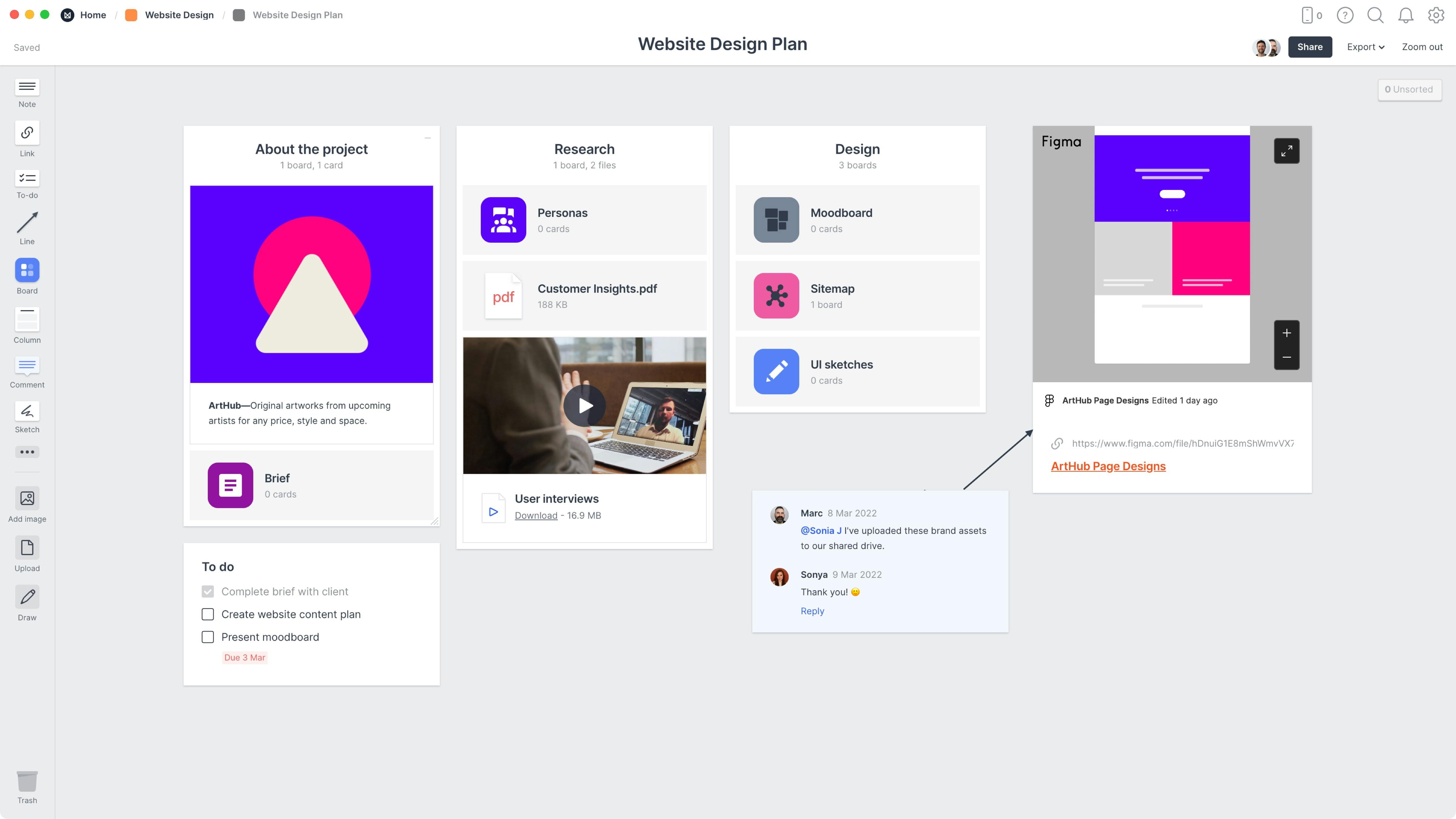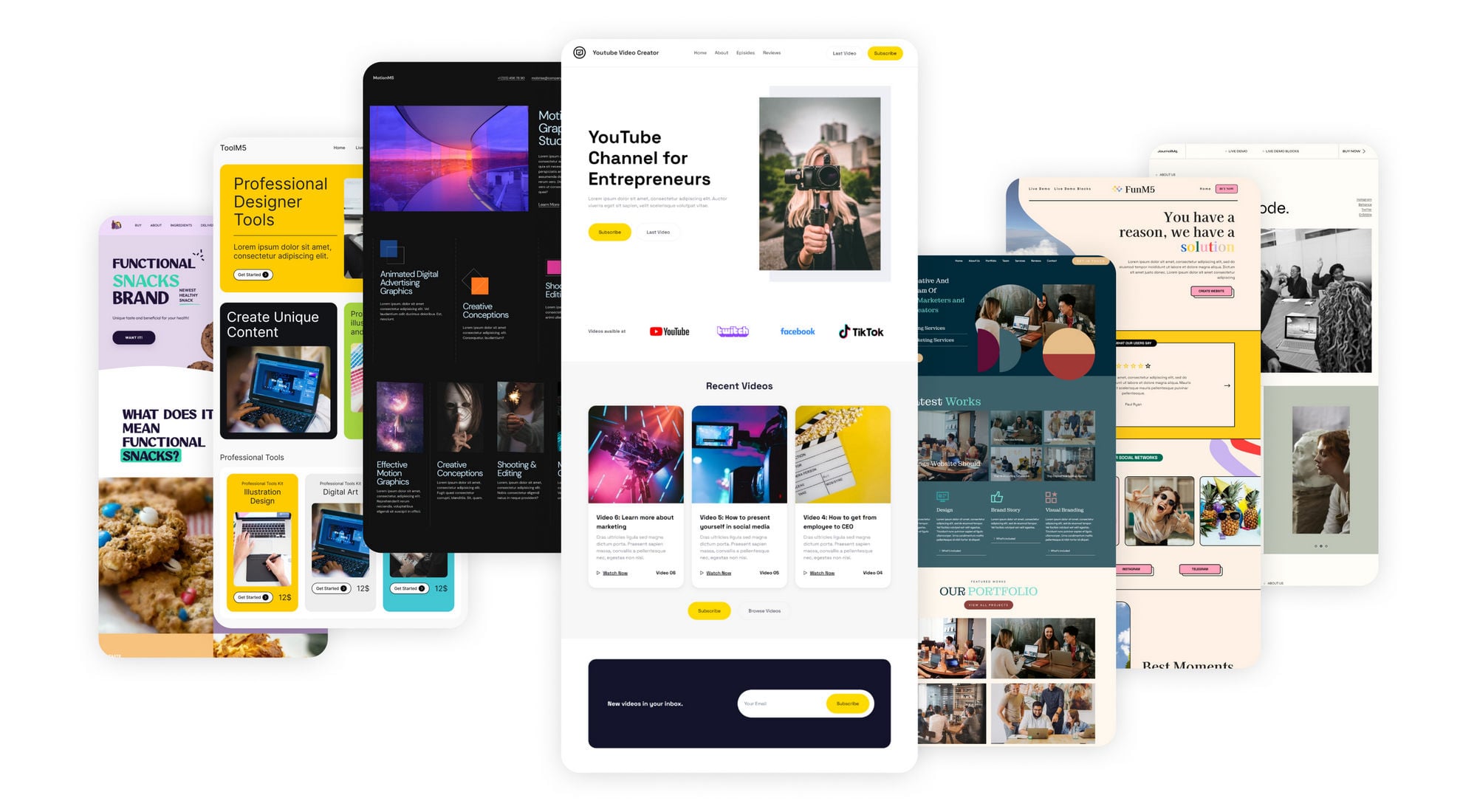Future-Proof Your Organization with Ingenious Website Design Trends
Future-Proof Your Organization with Ingenious Website Design Trends
Blog Article
Transform Your Online Existence: Top Trends in Modern Website Style
In the developing electronic landscape, modern web site layout patterns play a crucial role fit how users interact with on-line material. Minimal style appearances, the increase of dark mode, and a mobile-first technique are simply a few components that can dramatically enhance individual experience. Furthermore, the unification of sustainable practices and interactive attributes mirrors a growing recognition of both customer involvement and environmental obligation. Comprehending these trends is essential for any company aiming to elevate its on-line visibility, yet the implications of these shifts expand beyond simple visual appeals. What might these adjustments indicate for your digital technique?
Minimalist Layout Visual Appeals
Minimal layout appearances have acquired significant traction in contemporary site growth, as designers look for to produce easy to use experiences that focus on capability. This style viewpoint stresses simplicity, removing away unnecessary aspects to concentrate on necessary material. By decreasing disturbances, internet sites can enhance customer interaction and assist in much easier navigating.
The characteristic of minimalist design consists of the reliable use of whitespace, which gives a tidy and organized layout. This strategy not only boosts readability however additionally highlights key details and calls to action. Shade combinations in minimal styles often include neutral tones, enabling striking contrasts that guide the user's interest to vital functions.
Typography likewise plays a critical function in minimalist visual appeals. Designers normally select clear and clear typefaces that enhance the total design without frustrating individuals. Additionally, capability is focused on via receptive layout, ensuring that minimal designs perform well throughout various tools.
Eventually, the minimal style approach promotes an user-friendly user experience, making it less complicated for visitors to connect with content. As organizations increasingly recognize the significance of efficient online existence, minimal style remains to be a pertinent pattern in modern-day internet site growth.

Dark Setting Popularity
As web developers prioritize individual experience, dark mode has arised as a popular feature that boosts visual comfort and decreases eye strain, particularly in low-light atmospheres. This layout pattern enables individuals to change the user interface colors from light to dark, offering a more relaxing experience for extended use.
The rise of dark mode can be attributed to its ability to improve readability and emphasis. By lowering glare, it lessens diversions and aids individuals to involve even more deeply with content. In addition, numerous users find that dark styles develop a sleek, modern visual, attracting both personal choice and branding methods.
Significant platforms, consisting of social media and software applications, have actually taken on dark mode, indicating its extensive approval. In addition, research study recommends that dark mode can add to battery conservation on OLED screens, making it a sensible option for mobile customers.
As dark setting continues to gain grip, web developers must consider its execution in their tasks. Giving customers with the alternative to toggle in between dark and light settings not only boosts ease of access however additionally shows a dedication to user-centric style, inevitably bring about improved fulfillment and involvement.
Mobile-First Method
Embracing a mobile-first strategy has become vital in modern website design, mirroring the expanding dependence on smart phones for internet accessibility. website design. With over half of international internet traffic stemming from tablets and smartphones, developers need to prioritize mobile users to boost involvement and ease of access
A mobile-first strategy includes designing a website for smaller displays before adapting it for larger screens. This method advertises simplicity, making sure that crucial web content is focused on and easily navigable. By concentrating on mobile design first, designers are urged to improve features and eliminate unneeded components that may mess the user experience.
Additionally, a mobile-first state of mind fosters boosted performance. Websites optimized for smart phones generally fill much faster, as they need less data and transmission capacity. This not only improves individual complete satisfaction but additionally favorably impacts internet search engine rankings, as site rate is an important consider SEO.
Additionally, a mobile-first strategy lines up with responsive style concepts, making certain that sites function seamlessly across numerous tools and display dimensions. By web adopting this approach, companies can efficiently reach their target market, preserve user interest, and eventually drive conversions in an increasingly mobile-centric digital landscape.
Immersive and interactive Elements
The change towards mobile-first layout normally results in a better emphasis on interactive and immersive aspects, which improve customer engagement and produce unforgettable experiences. Web sites are no more static pages; they are dynamic platforms that welcome customers to discover and connect. This pattern incorporates a variety of functions, such as computer animations, video clip backgrounds, and interactive infographics, all targeted at recording focus and communicating info in an appealing manner.
One considerable facet of interactive layout is making use of gamification, which incorporates game-like aspects right into web sites to inspire user engagement. This can take the form of benefits, challenges, or tests, promoting a much deeper link with the content. Additionally, including increased or digital reality can boost the user experience, allowing site visitors to involve themselves in a brand name's story or product offering.
Additionally, receptive design plays an important role in ensuring these components operate perfectly throughout tools. By prioritizing interactive attributes, brand names can create user-friendly navigating and individualized experiences customized to customer preferences. Inevitably, accepting interactive and immersive aspects not only boosts the aesthetic appeal of a website yet likewise drives user retention and conversion, making it a critical trend in modern internet site design.
Sustainability in Website Design

In addition, utilizing sustainable organizing options, such as servers powered by eco-friendly energy, can even more alleviate ecological impact (website design). Designers must additionally consider accessibility in their projects, making sure that web her comment is here sites are functional throughout various devices and systems, thereby prolonging their reach and decreasing the requirement for several iterations or redesigns
An additional secret aspect is making use of lasting website design structures and coding practices that promote efficiency. This consists of clean coding, which lessens the amount of information moved, and embracing Material Delivery Networks (CDNs) to enhance source distribution.
Eventually, embracing sustainability in website design is not simply a moral choice; it is a strategic benefit that reverberates with eco mindful consumers, promoting brand name commitment while adding favorably to the earth.
Final Thought
Embracing contemporary trends in web site design is critical for improving on the internet visibility. The assimilation of interactive elements fosters deeper connections with customers, while sustainable style methods line up with expanding ecological worries.
In the advancing electronic landscape, modern-day internet site style patterns play a vital role in forming how customers engage with on the internet web content. Minimal design aesthetics, the surge next of dark setting, and a mobile-first approach are just a few aspects that can dramatically enhance customer experience.The shift toward mobile-first design naturally leads to a better focus on interactive and immersive components, which improve user involvement and produce remarkable experiences.One substantial facet of interactive design is the use of gamification, which incorporates game-like elements right into internet sites to inspire user engagement. Eventually, accepting interactive and immersive aspects not just enhances the visual allure of an internet site but likewise drives individual retention and conversion, making it a crucial fad in modern site layout.
Report this page